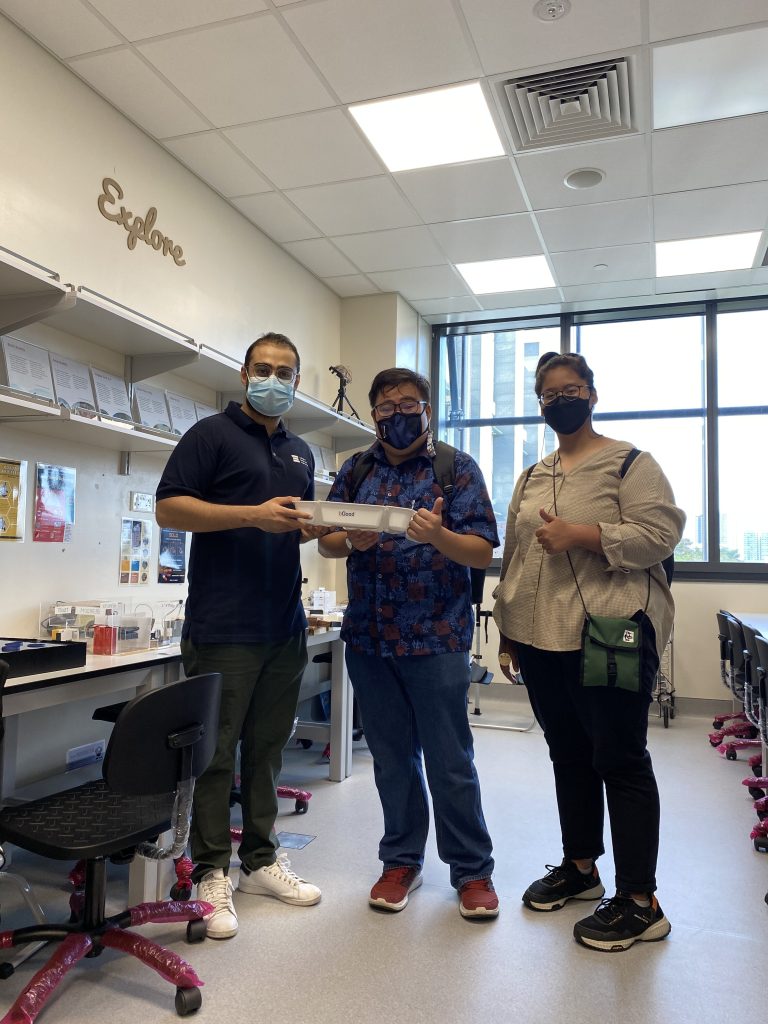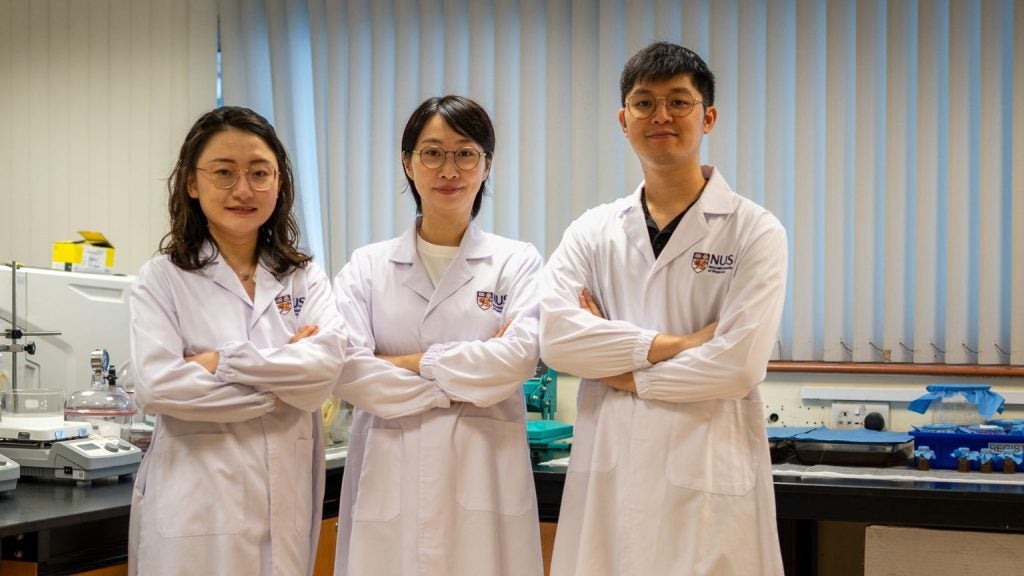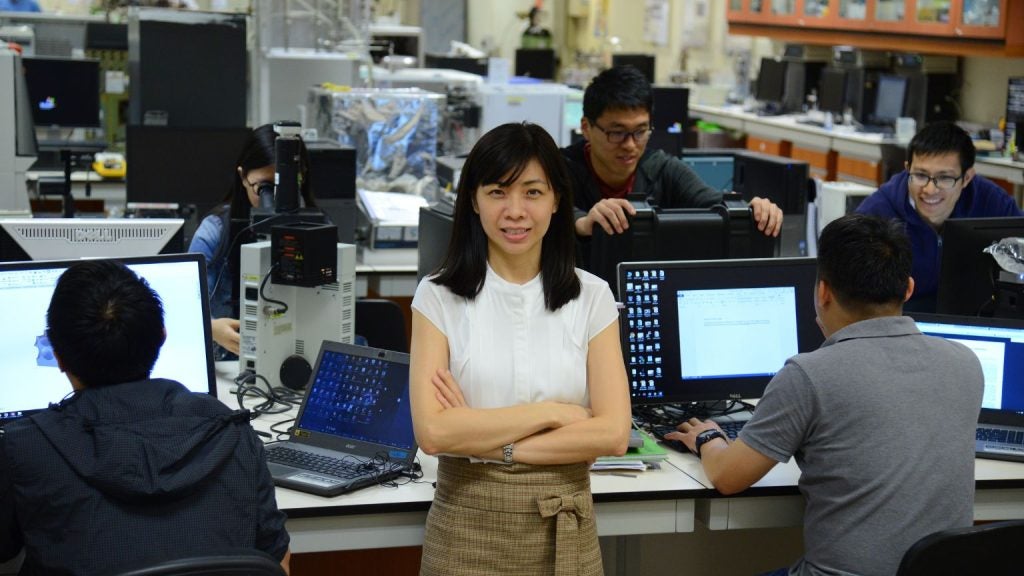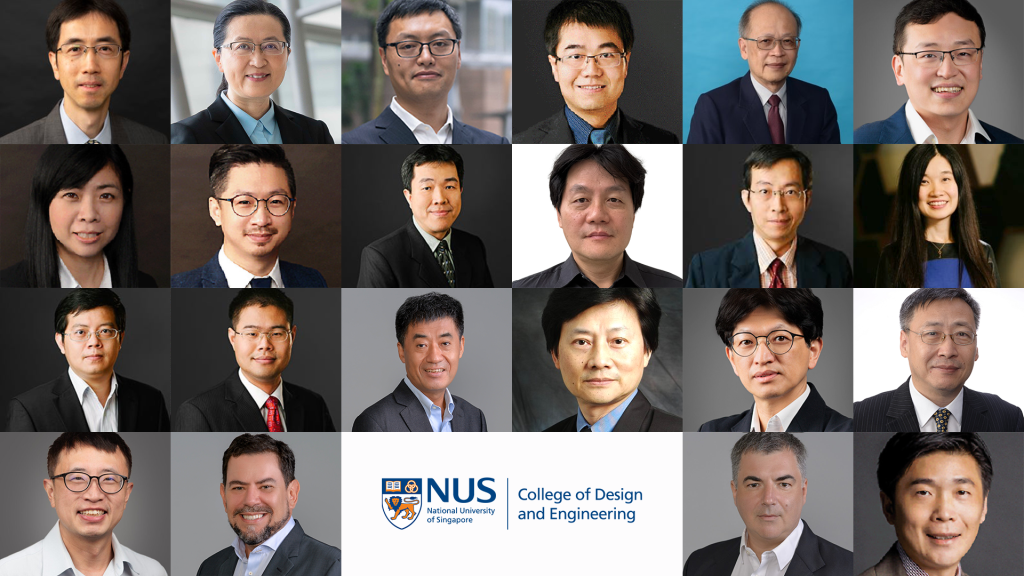For the elderly or the visually impaired, sitting down for a meal may not be as simple as for most of us. While the usual cutlery and dinnerware we use daily works well for us, they may run into difficulties such as scooping up their food and locating where their food is on the plate. As a result, they usually depend heavily on their caretakers to help them through the meal.
Bearing in mind these common problems, a group of NUS students came together to see how newer, more innovative dinnerware could be created to help alleviate this issue. After months of research and prototyping, MakanTogether was born!
MakanTogether uses human factors engineering and human-centric design principles to develop customised prototypes to enable the elderly and visually impaired to feed themselves and enjoy their meals. Not only does this help make mealtimes smoother and more efficient, but these devices can also help encourage independence and build their confidence. For their caretakers, this solution could help save some time, which can then be used for other chores or tasks instead.
Inspired by the module Geotechnology for Ageing (BN4102) and through close observation of the lives of the elderly in social service agencies in Singapore, the students went through four months' work of mock-up trials, and product iterations and user feedback to further perfect their prototypes. With St Luke's Hospital's support, the group could also initiate a trial with the intended users of the very successful product.
MakanTogether received good feedback for the user-friendly cutlery and ergonomic shape of the dishware, whose key feature was the creation of deeper wells for easier scooping of food and adaptiveness. The different customisable tableware modules also meant that it would be easier to match the cutlery to the meals and dishes.

A member from the Singapore Association of the Visually Handicapped (SAVH) demonstrating the use of the MakanTogether prototype

The modular pieces in the MakanTogether prototype allows different elements of the meal to be kept separate from each other
Despite the success of the first round of user-testing, the prototypes still went through further testing and refining over the course of the next year to enhance their usability. While this process of continuous research and development was lengthy, the team's effort paid off in the end when they were awarded SGD 50,000 in the NUS Resilience & Growth Innovation Challenge to take the project to new heights. This additional budget allowed for further product development and commercialization to cater to a larger market segment. This development would also see future collaborations with various community partners such as the Singapore Association of the Visually Impaired and Equal Dreams.

Members of the MakanTogether team dropped off 200 prototypes to St Luke's Hospital where user testing was conducted.

The prototypes were also donated to SAVH who helped with the user testing process as well.
MakanTogether is a great initiative to bring several groups of people together and foster a sense of solidarity among the elderly community in Singapore. The project also serves as the perfect example of how we can all use our knowledge in different ways to help members of the community.





